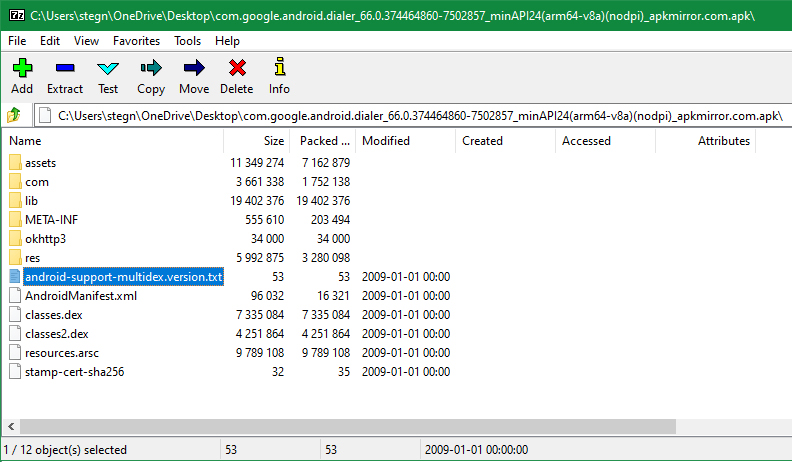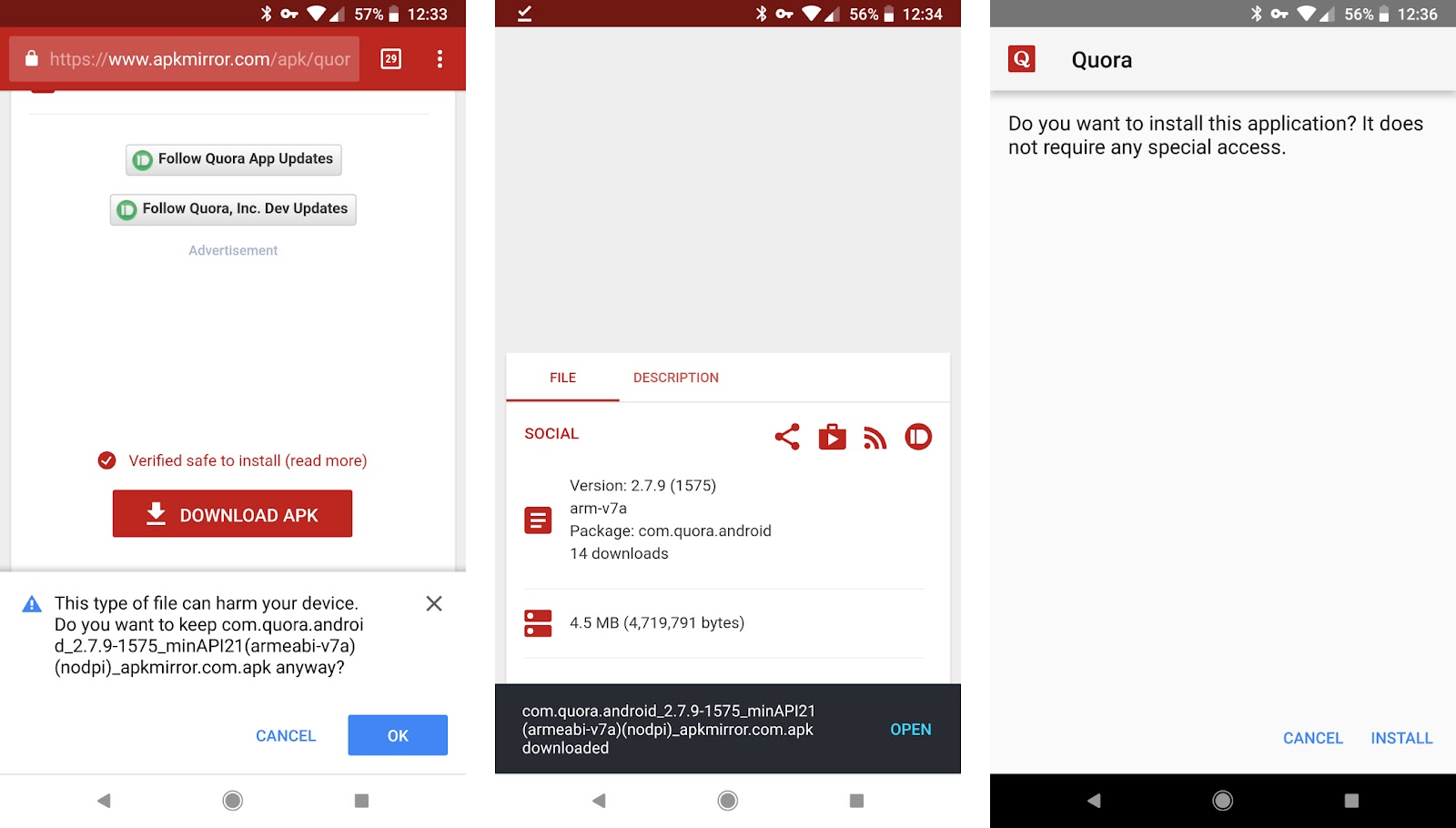Let's see what an APK train is and why it's important for Android.
What Is an APK File?
An APK file (short for Android Package Kit) is the file format used by the Android Operating System to distribute and install Mobile Applications. As a result, an APK contains all the rudiments that an app needs to install rightly on your device.An APK is an library train, meaning it contains multiple lines, plus some metadata about them. You are presumably familiar with other types of library lines, similar as ZIP and RAR.
In general, library lines( similar as zip) are used to combine multiple lines into one, to make them more movable or to compress them to save space. When an library is used to distribute software, it's called a software package.
As it turns out, APKs are a type of JAR (Java Archive) file format, since many Android apps are built in Java. All APKs are their basic zip files, but they must contain additional information to function properly as an APK.
So all APKs are ZIPs, but not all ZIPs areAPKs.However, you can crack an APK train and see what is outside, If you are curious. Simply use a train birth tool like 7-Zip to unfold it like you would unfold an old zip train. You can not do much with APKs on platforms other than Android, unless you install an Android impersonator like Bluestacks.
What Are APK Files Used For?
APK lines allow you to install apps on your Android phone. They're analogous to the APPX lines used to install Store apps on Windows, as well as the corresponding package lines on other platforms. When you open an APK on your device, it contains instructions for installing the app on your phone and provides information about the package to your device itself.Normally, when you go to Google Play to download or update an app, the store automatically installs the APK for you. In this way, the Play Store also acts as a package manager—to easily install, update, and remove software on a device.
Still, due to the open nature of Android, Google Play isn't the only way to find and install APKs. It's easy to get an APK train from nearly differently, transfer it to your device, and install it manually.
How Are APK Files Created?
When a developer builds an Android app, they likely use Android Studio, the official development tool for Android. Once the app is ready to ship, Android Studio compiles the app, then puts it into a container — an APK.APKs can have any name, but usually need to have the file extension .apk so the OS knows how to interpret them. When you download an APK, you'll usually find their filenames are as follows:
com.google.android.dialer_66.0.374464860.apk
This is the (abbreviated) version of the APK name of Google's Phone app. You can see that the app's full name matches the app's filename in its Google Play page URL:
https://play.google.com/store/apps/details?id=com.google.android.dialer
The numbers at the end represent the current version, which can be quite granular since such large apps are updated all the time.
Why Would I Install APK Files Manually?
Google Play is fine for utmost people's Android installation needs. But installing APKs manually has several advantages.Accessing the latest versions of apps ahead of time is the biggest. When a major Google app (such as Calendar) releases a major update, it may take a week or more for your device to receive the latest release from Google Play. By installing the APK yourself, you can skip the wait and update as soon as you want.
Sideloading APKs lets you install apps on your device that aren't available on Google Play. You might find an app that isn't allowed on Google Play because it violates a policy, or you might want to check out a friend's app that's currently in development.
Just like desktop software, however, downloading APK lines from arbitrary websites can be dangerous. While Google Play has pollutants to catch dangerous apps, there is not as important protection when you are installing APKs yourself. They can be malware disguised as a licit app, or they can be tampered with to include spyware.
Only download APKs from trusted sites. Be wary of a page that promises you a paid app for free—this is a common tactic to install malware on your device.
What Is Base.APK?
You might have found a file called base.apk on your phone and wondered what it does. You will be able to see these base.apk files only if you have root access on your phone, as they are in protected system folders.This is a train that you'll find in every app brochure. It contains the APK that you downloaded from Google Play, which was originally used to install theapp.However, they should match, If you check this train size against the train size reported on the app's Play Store runner.
APK backup apps can use them to make clones of apps installed on yourphone.However, you can also manually copy these lines away for your own use, If you want. But it isn't necessary to coagulate your Android device, so if you aren't embedded , do not worry about these lines. And do not horrify if you see them, because they are a normal part of Android's operation.
Now You Know What APK Files Are For
We have seen how APKs are the primary format that Android uses to distribute and install apps. For normal use, they're substantially unnoticeable. But APKs power all downloads on your phone, so you deal with them all the time, indeed if you do not realize it.Sideloading APKs from sources outside the Play Store is useful, and one of the best parts of using Android. But you should do this only when you trust the authenticity of the files, to avoid opening your phone to security risks.








No comments
Post a Comment